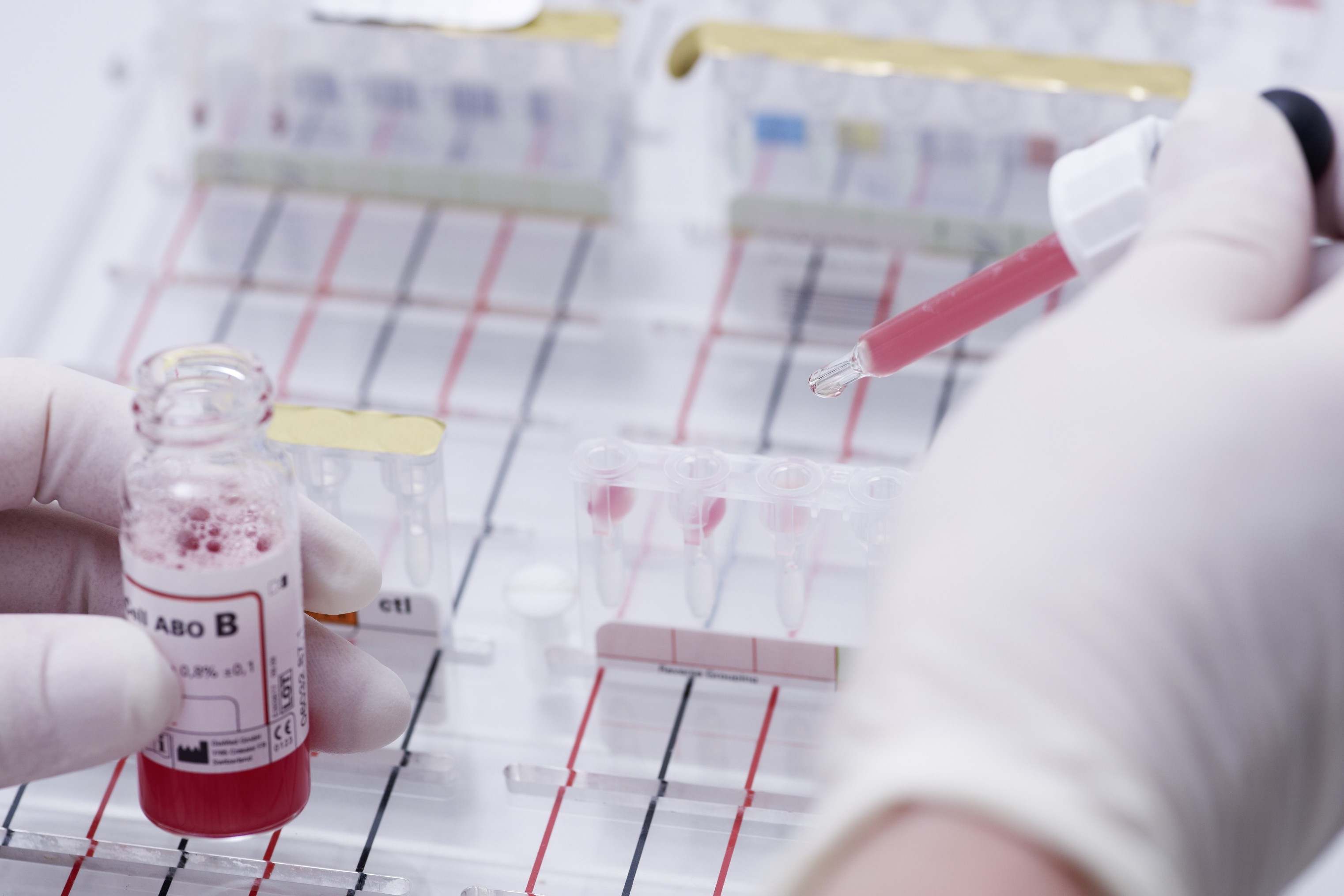Bank Austria’s Economic Research on Austria indicates that as result of the pandemic, economic output in Austria fell by almost 9% in the first half of 2020. Since the low point in April, the Austrian economy has shown a high pace of recovery. The Government’s support measures have created a basis for a strong rebound in the third quarter. This will limit the decline in the economic output (GDP) in 2020 as a whole to -6.3%. The researchers expect Austria’s unemployment rate to average 5% in 2020 and 5.2% in 2021 as the government’s furlough pay program (“Kurzarbeit”) will not be sufficient to bridge the coronavirus crisis, with plant closures and personnel cutbacks to be expected. Austria’s economic output will probably not return to pre-crisis levels until early 2022.
For the bigger Eurozone, UniCredit’s economic research team expects the Eurozone’s economy to contract in 2020 by 8%, followed by an increase of 5% in 2021.
The researchers also follow closely the economic development in Central- and East European countries, a region Austrian businesses and banks are very familiar with. According to their September 2020 analysis, these economies contracted in line with developed economies, with the recession mainly due to lockdowns. Three countries stand out, Serbia for having performed much better than restrictions suggest, and Hungary and Croatia, whose economies shrank much more than those of their peers, despite comparable lockdowns. The whole region’s economy is expected economies to contract by 5.5%, with the economies of Russia, Serbia and Turkey shrinking by 2.5-4%.




